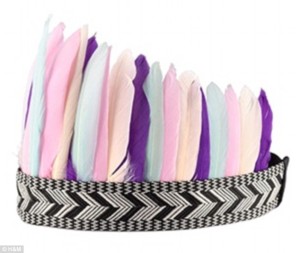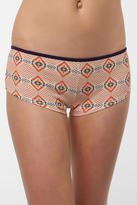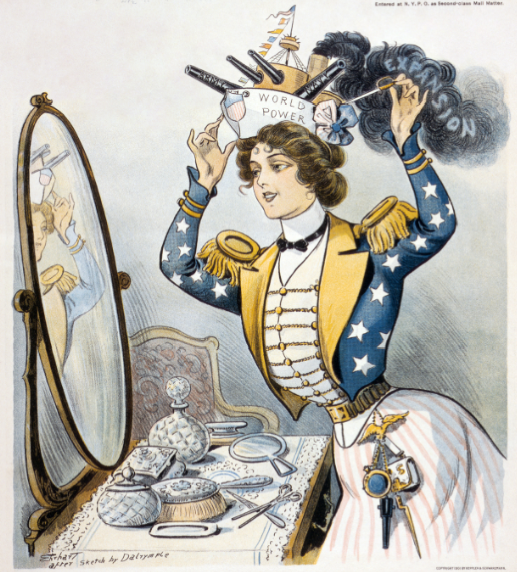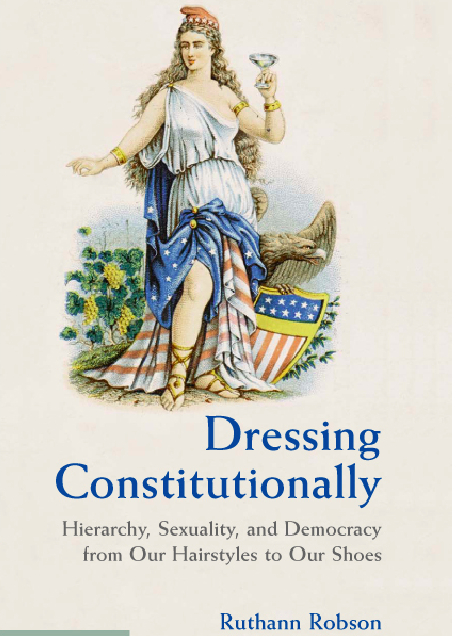This month, popular clothing retailer H&M removed faux feather headdresses from their shelves in Canada. As reported, a spokesperson for H&M said three customers complained that the headdresses were culturally insensitive, prompting the company to remove the product.
One H&M customer explained her complaint to reporters: “Headdresses are a sign of respect and leadership … You wouldn’t find a colorful hijab or a colorful yarmulke on the shelves as some sort of fashion accessory to wear out to a nightclub or to a music festival.”
 Online reaction to the news has varied — some see the accessory as a harmless nod to aboriginal culture, while others rebuke H&M as cheapening the First Nations’ heritage in order to make a quick buck, essentially profiting off a people’s history and traditions by turning them into an aesthetic movement.
Online reaction to the news has varied — some see the accessory as a harmless nod to aboriginal culture, while others rebuke H&M as cheapening the First Nations’ heritage in order to make a quick buck, essentially profiting off a people’s history and traditions by turning them into an aesthetic movement.
H&M is not the only company to receive negative press over offensive appropriation of indigenous peoples’ culture. In the last two years, several large retailers, including Victoria Secret and Forever 21, have elicited outrage over insensitive use and mockery of Native American traditions and symbols.

In 2011, the Navajo Nation brought legal action against retail giant Urban Outfitters for the use of “Navajo” to sell its products, or as Sasha Houston Brown of the Santee Sioux Nation wrote, a “mass marketed collection of distasteful and racially demeaning apparel and décor.” Brown and the Navajo Nation argued that items like the “Navajo Hipster Panty” were trademark infringement and violate the Federal Indian Arts and Crafts Act of 1990, which prohibits one from falsely representing an item as made by Native Americans.
Given the popularity of the trend and a long history of exploitation of indigenous cultures and histories, it is unlikely that H&M will be the last to receive the charge of cultural insensitivity. But perhaps there is recourse through the legal system in addition to publicly shaming such companies for their serious fashion faux pas.
[images via 1 and 2]





